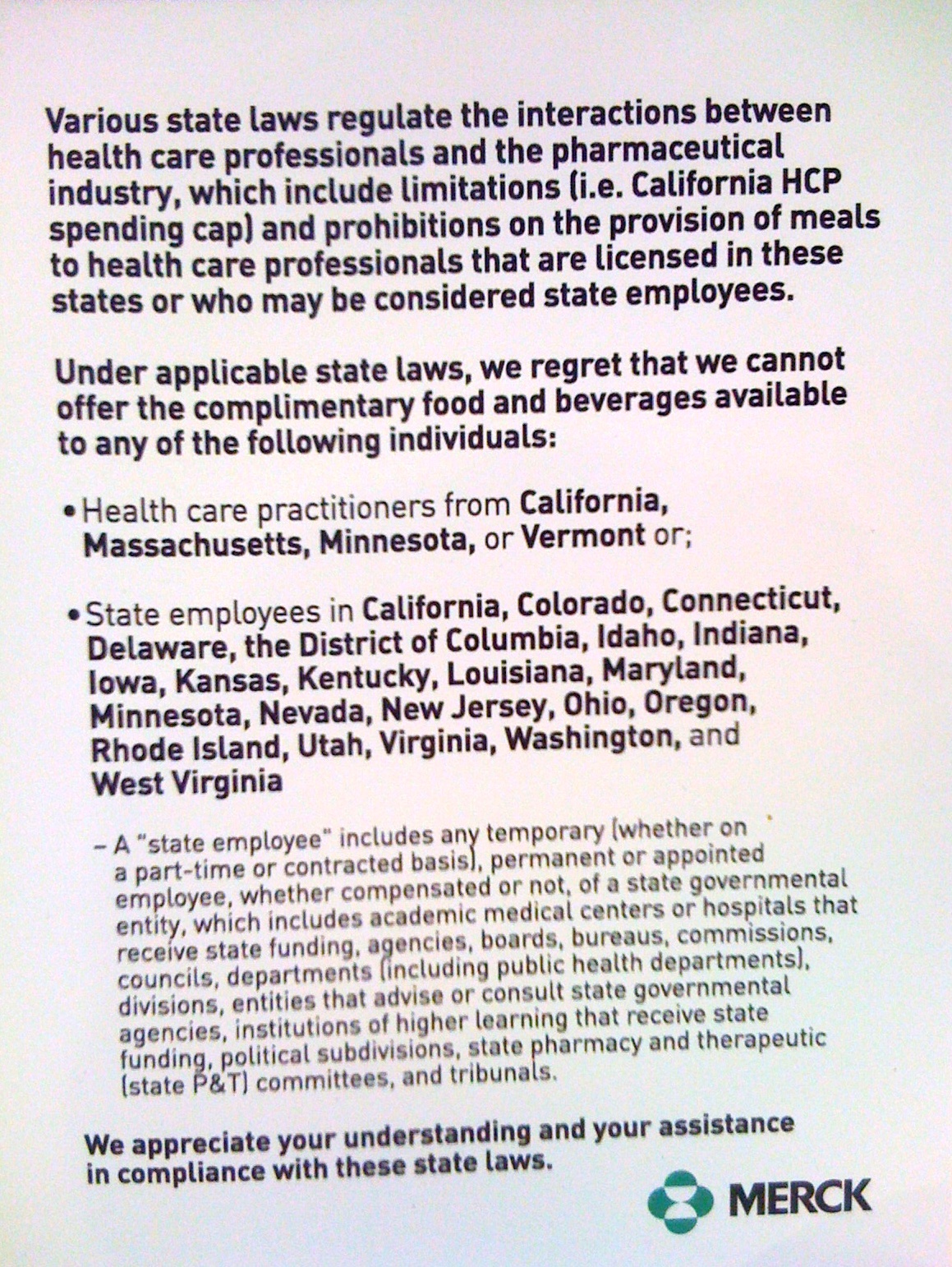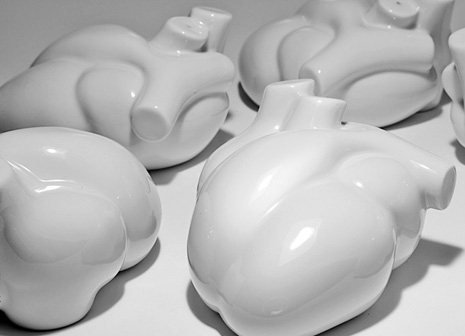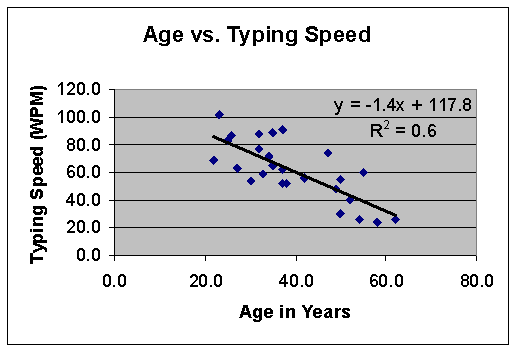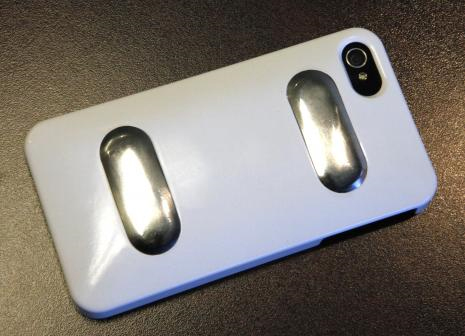They lived in a high-rise apartment complex - five stories - maybe 40 apartments in all. It was neatly kept, had a functional elevator, but was hardly a place you'd want to bring your mother to view. Probably the best word for it: functional. But he didn't care - he was a first year medical student. One bedroom, bath, kitchenette, 5th floor. "Penthouse suite," he'd call it.
He rarely interacted with his neighbors, except to exchange a courteous "Good morning" with them as he closed his door to attend the morning's lecture or perhaps an occasional "'night" as he unlocked his door upon returning home. But she lived three doors down - a charmer, frail, maybe eighty, wearing galoshes, and a hint of a flowered skirt beneath her undersized long winter coat. "Nice to have a 'doctor' on the floor," she beamed as she fumbled for her keys.
"Not quite yet," he'd say in return, but she never heard him. Hearing aides, schmearing aides. Damned if she'd ever wear them.
And so it went: a rare exchange of pleasantries, but not much more. Human anatomy, cytology, and human physiology were really what mattered to him at the moment. School was all consuming and he was doing well this first semester. The formula he had imagined to become a doctor was founded on an unswerving work ethic that he'd learned though college and studying for the MCAT's: read, memorize, regurgitate. Read, memorize, regurgitate.
Nothing to it.
Lather, rinse, repeat.
To her, she was focused on her son. He was moving in with her. "He needs a place to stay," she'd tell him. "Lost his job." And so, the groceries in her pull cart were unusually heavy this day as the student arrived home. She asked for help, and he obliged.
Her apartment was like his, but filled with pictures - some adorning the wall, some of the hall table, most on the refrigerator. A black and white with a young couple at the wedding. "Was that your husband?" "Yes," she replied, "... died of cancer of the stomach." He wished he knew more about cancer of the stomach, but said "I'm sorry" instead. And there, on the refrigerator was the picture of a massive man hugging to her frail body. "That's Tommy, my son," as she pointed to the picture. "He's all I've got now. It'll be good to have him home from the hospital."
"Hospital?"
"Well, not really a hospital, rehab. He's got's lots of problems, but his biggest one is drinking. He's had a tough go. Diabetes. Sleep apnea. You know." He really didn't know, but they made short work of emptying the grocery bags. "Thanks so much for your help."
He returned to his apartment down the hall and was glad he still had time to study for there seemed to be no end to the things he didn't know about. "How am I going to learn about all of this?" he wondered.
Weeks passed and the student caught glimpses of the large man. Simply put, he was huge, particularly when you compared him to her. But he was seen helping her with the even larger load of groceries and soft drinks on more than one occasion. The hallway was always the place for pleasantries, after all. Only later, behind closed doors, did he occasionally hear the shouting: "You've got to get help!" she'd plea. "I'm not giving you more money, dammit." Another expletive, a slammed door, then the elevator arriving to usher someone downstairs. A few hours later: pounding on the door, "I'm sorry, Ma. You gotta let me in." The door would creak open, then close.
And so it went. Her game face would be on each time she saw her 'doctor' in the hall. A gentle smile, a tacit signal that she was okay. He was too shy, too ignorant, too embarrassed to inquire about how it was going. He knew. "Good night," he'd say.
Until the day the medical student made his first diagnosis.
The early morning pounding at the door, the panicked face, the tears, the "Please come, quick!", the terror, "I've called 911," were not there in his textbooks.
Nor was the pallid face, the glassy half-opened eyes staring up, the crimson under-surface of his shirtless chest.
"My God! He'd been out most of the night, " she explained. "Just laid on the floor in the back hall and said he was exhausted. Wanted some breakfast. Didn't think about it... I kept cooking. The stove fan. I never heard him. We were out of eggs, so I went to get some. I came back and I called to him, he didn't answer."
She stopped and turned to the young doctor-to-be, searching his face, tears flowing, "Is he.... is he... ", her voice cracked, "... dead?"
He didn't have the heart to tell her he'd never seen someone dead before. How do you do this? Breathing? None. He sure
looks dead. He went to his side and checked for a pulse. That cool, unmistakable almost gray-white skin had none and highlighted the coal-black widely dilated pupils that didn't move. He remembered the term "livor mortis" and returned to her quivering frame. An ambulance could be heard in the distance coming closer. Time stopped for a minute and he cupped her head gently against his shoulder as he whispered in her ear.
"Yes."
She knew, but she needed to hear it from someone else. She looked up from his shoulder at her son as she regained her composure and used her bent fingers to wipe away the tears from her cheek.
"Maybe now Tommy can rest in peace. Thank you, doctor."
-Wes





